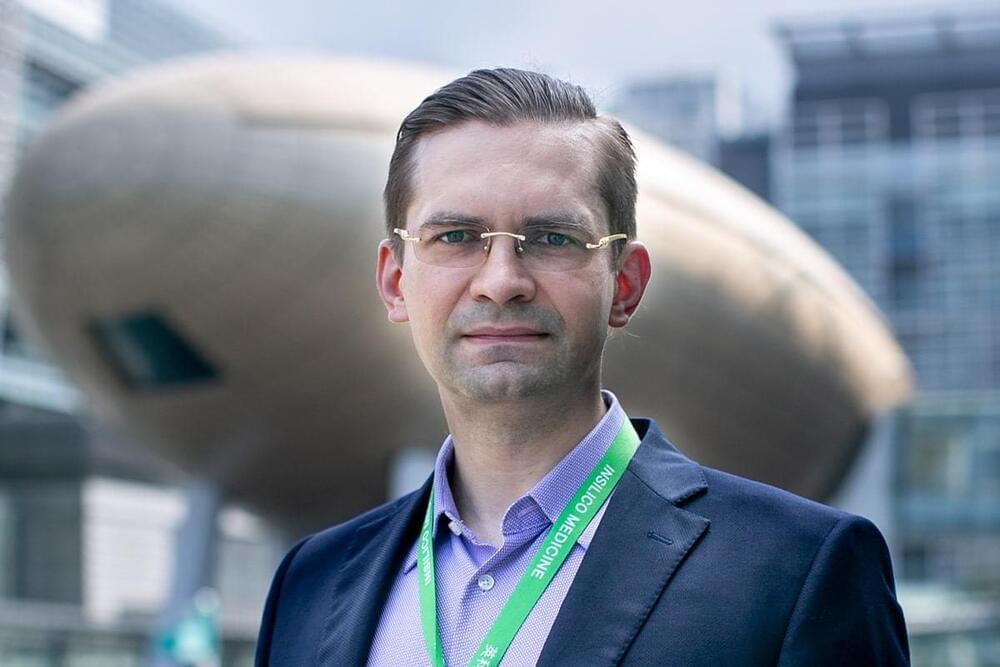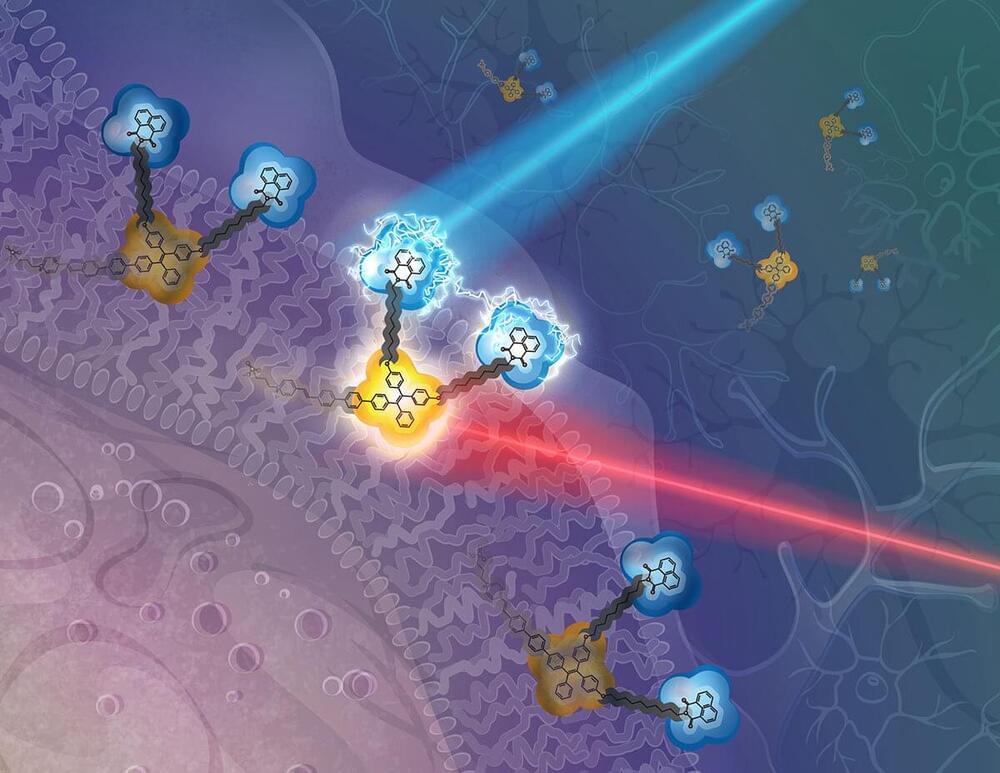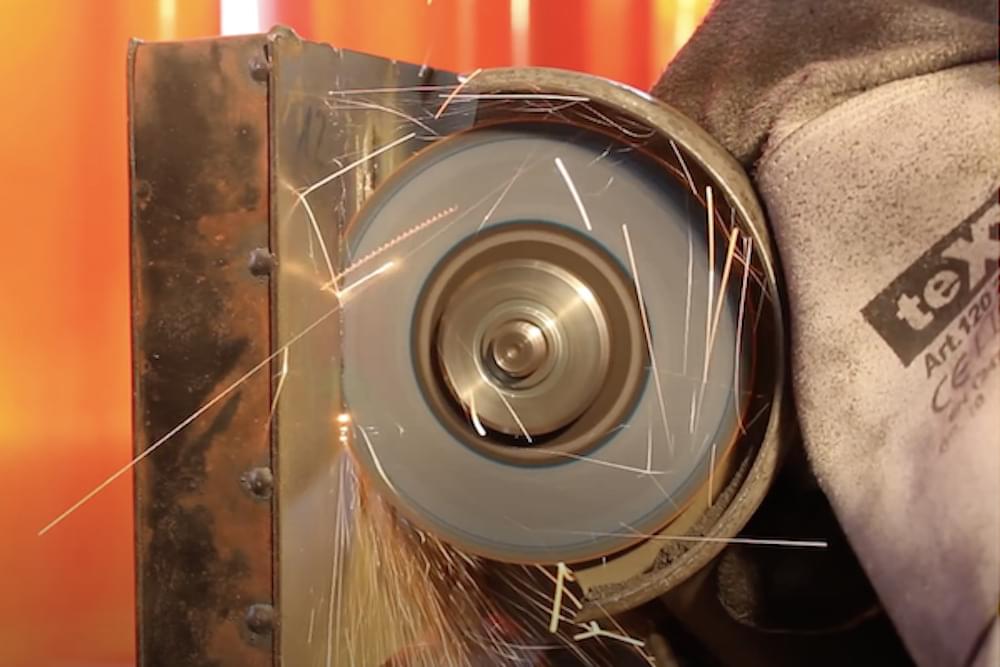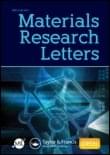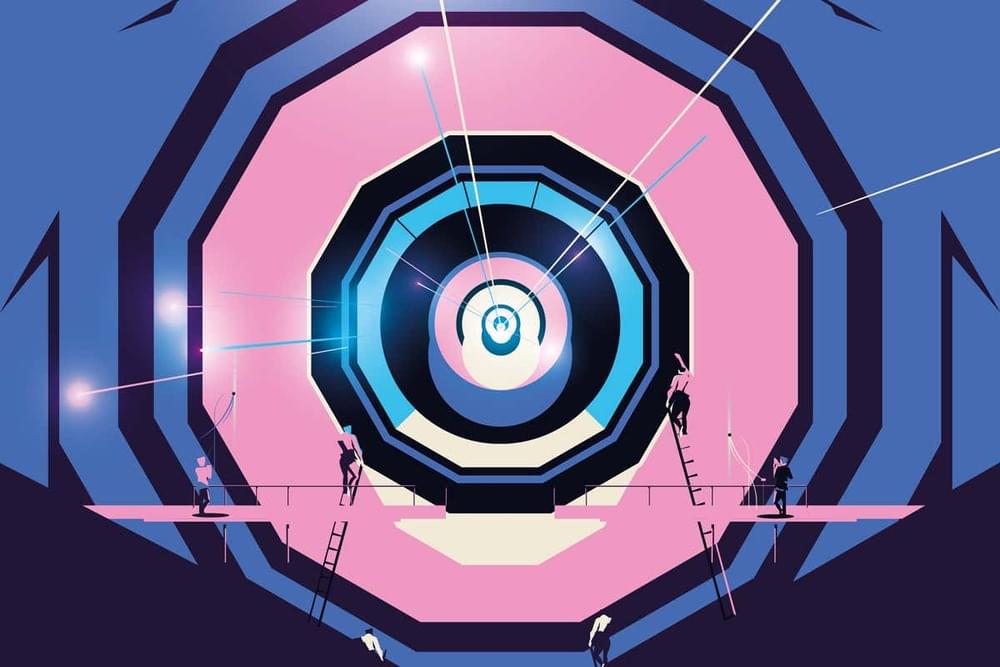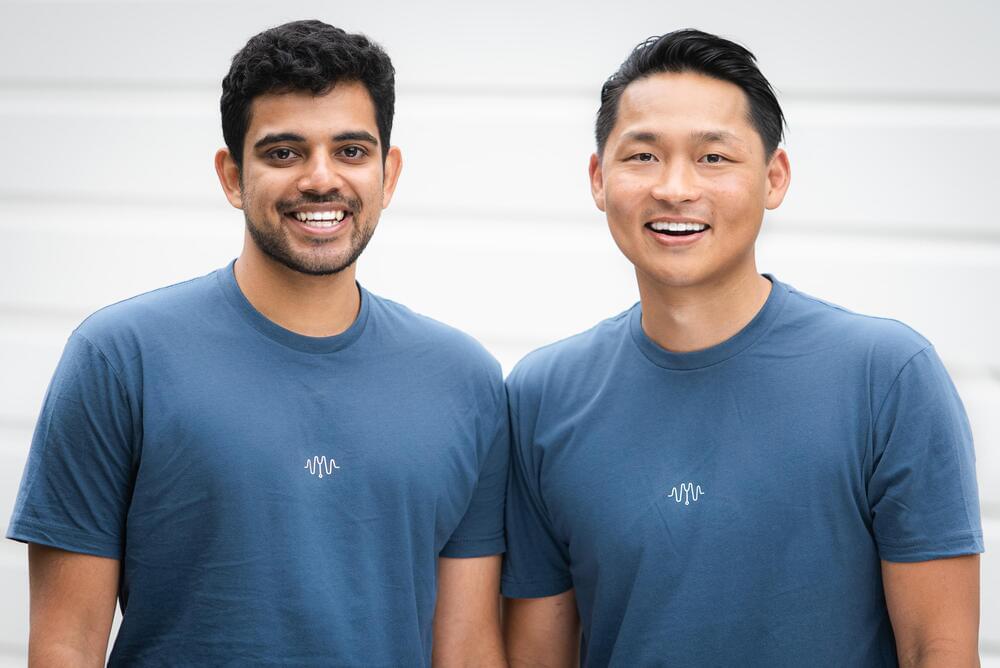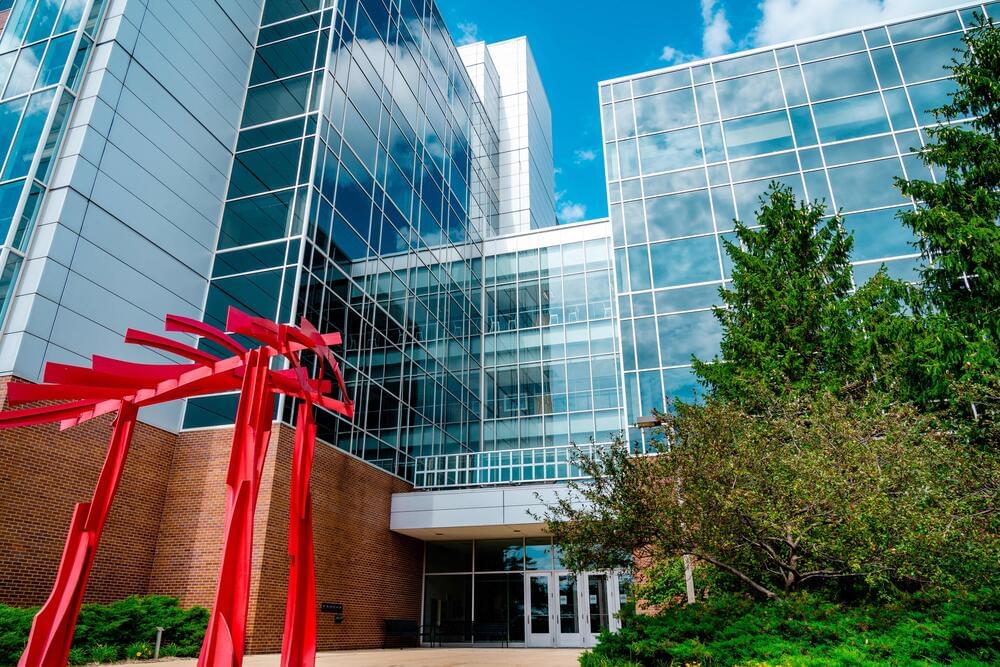AI-powered, $13 million drug discovery and development collaboration set to jointly advance multiple targets.
A team of physicists from the Massachusetts Institute of Technology (MIT) has discovered a hybrid particle that could pave the way for smaller and faster electronic devices in the future.
The hybrid particle, which was found to be a mashup of an electron and a phonon (a quasiparticle formed by vibrating atoms in a material), was detected in a strange, two-dimensional magnetic substance.
Probably the most intriguing aspect of the discovery, however, is that when the scientists measured the force between the electron and phonon, they saw that the glue, or bond, was 10 times stronger than what had previously been estimated for other known electron-phonon hybrids, according to the study which has been published in the journal Nature Communications.
Bioelectricity, the current that flows between our cells, is fundamental to our ability to think and talk and walk.
In addition, there is a growing body of evidence that recording and altering the bioelectric fields of cells and tissue plays a vital role in wound healing and even potentially fighting diseases like cancer and heart disease.
Now, for the first time, researchers at the USC Viterbi School of Engineering have created a molecular device that can do both: Record and manipulate its surrounding bioelectric field.
Cannabis compounds prevented the virus that causes Covid-19 from penetrating healthy human cells, according to a laboratory study published in the Journal of Nature Products.
Circa 2020
Harnessing the destructive potential of force and rotation, cutting tools like saws, drills, and angle grinders can obliterate the superlative properties that materials work so hard to perfect. And even when materials are designed to work against the power of these tools, the materials still often fail.
So what if instead we designed materials to work with the power of cutting tools rather than against them? While that may sound counterintuitive, it is just what an international group of researchers has done—and their preliminary tests show the ceramic–metal composite material they designed resists damage beyond shallow surface cuts.
Circa 2014
(2014). Current-Activated, Pressure-Assisted Infiltration: A Novel, Versatile Route for Producing Interpenetrating Ceramic–Metal Composites. Materials Research Letters: Vol. 2, No. 3, pp. 124–130.
Hints of a new particle carrying a fifth force of nature have been multiplying at the LHC – and many physicists are convinced this could finally be the big one.
Scientists have found a new “strange metal” that behaves in ways they can’t quite understand.
But the discovery could be key to finding out an explanation for a phenomenon that has troubles researchers for decades.
Most materials, such as copper and silver, behave in predictable and well understood ways, and scientists understand how their electrical conductance changes when they are heated or cooled.
DeepScribe, an AI-powered medical transcription platform, has raised $30 million in Series A funding led by Nina Achadjian at Index Ventures, with participation from Scale.ai CEO Alex Wang, Figma CEO Dylan Field and existing investors Bee Partners, Stage 2 Capital and 1984 Ventures. The company’s latest round of funding follows its $5.2 million seed round announced in May 2021. DeepScribe was founded in 2017 by Akilesh Bapu, Matthew Ko and Kairui Zeng with the aim of unburdening doctors from tedious data entry and allowing them to focus on their patients.
In 2019, DeepScribe launched its ambient voice AI technology that summarizes natural patient-physician conversations. The idea for DeepScribe was prompted by Bapu and Ko’s own experiences. Bapu’s father was an oncologist and he saw the toll that documentation had on his father’s work/life balance. On the other hand, Ko saw how the burden of clinical documentation was impacting patients’ perception of care when he was the care coordinator for his mother when she was diagnosed with breast cancer.
After being frustrated with the care his mother was receiving, Ko turned to Bapu and his father for help. The pair then began to understand the importance of clinical documentation and realized that recent breakthroughs in artificial intelligence and natural language processing were not being used to remedy the situation. They then decided to create a platform that would address the problem.
Ubiquitous Energy solar energy capturing windows installed at Michigan State University.
Courtesy of Ubiquitous Energy.
A material science start-up, Ubiquitous Energy, is raising tens of millions of dollars to turn windows into surfaces that capture solar energy. The California start-up announced on Tuesday it closed a $30 million funding round, including an investment from consumer window and door manufacturing giant Andersen Corporation, bringing its total funding raised to $70 million.
